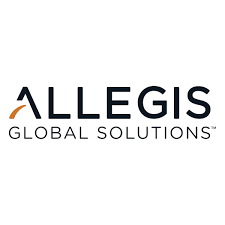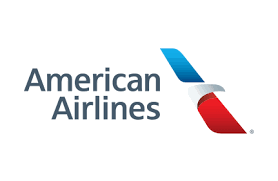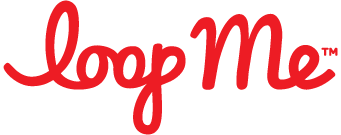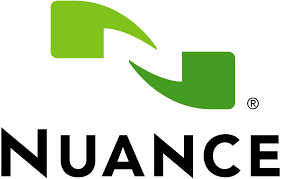
Explore additional resources to provide tangible, innovative solutions to historical shortcomings in diversity, equity, and inclusion.

Explore additional resources to provide tangible, innovative solutions to historical shortcomings in diversity, equity, and inclusion.
Diverse teams and inclusive cultures drive innovation. Strong diversity, equity, and inclusion (DEI) policy ensures that industries are committed to building a better world for the workforce, partners, suppliers, and communities.
The 2022 Global Inclusion report was created and administered by Seramount, which is owned by EAB.
As companies are at different maturity stages of their DEI efforts, this year to celebrate the contribution of all participants to survey results, the Alliance will feature all companies that submitted their data. Next year, the Alliance and Seramount will release an index of companies that had the highest scores globally.
From December 4, 2021, to April 4, 2022, global tech companies and companies in other industries with technical workforces were invited to participate in the survey. Each company had a representative, such as their Chief Diversity & Inclusion Officer (CDIO) or equivalent, complete the survey.
The survey requested demographic information (e.g., gender and race/ethnicity). In addition, the survey asked companies to provide information regarding company practices on diversity and inclusion practices.
There were 24 respondents (1 anonymous), seven of which were Alliance members. Seventy-one percent of respondents were from the tech industry, with 8 percent from healthcare, 8 percent from financial services, and 13 percent from other industries.
* Alliance for Global Inclusion Commitment Partner























Barbara Frankel, Senior Director, Head of Research and Insights at Seramount, reviews highlights of this year's 2022 Global Inclusion Index Survey results, as well as key findings and benchmarks on a global regional basis.
Although there are regional differences, the survey participants are making progress in valuing diversity and inclusion, attracting, retaining, and advancing underrepresented talent, and creating inclusive workplaces, especially around self-ID, use of language, and open conversations led by senior leaders. Metrics and goals around representational progress are also increasingly common.
Data is critical to DEI success. 86% of respondents have DEI dashboards that are shared with senior leaders.
While gender identity is measured in most regions, other demographics vary widely by geography.
Inclusive recruiting is becoming increasingly common in most regions. More than half the participants in every region require recruiters present diverse candidate slates.
There is growing global recognition of the need for formal mentoring and sponsorship for women and people from underrepresented groups.
Starting to catch on to mitigate bias.
At about three-quarters of respondents, senior leaders receive training in having open and inclusive conversations about diversity subjects.
Overall, corporate commitment to diversity goals and inclusive leadership crosses most regions. Still, the greatest discrepancies can be attributed to different local norms and laws around collecting demographics and addressing inequities.
Almost all respondents, in virtually every region, have DEI dashboards with metrics accessible to senior leaders both in-country and globally. The most prevalent way to assess leadership’s success at reaching DEI goals is through performance reviews. This is common across all regions, especially in Sub-Saharan Africa, the Middle East & North Africa, and Canada.
Positive feedback on DEI goals in performance reviews increasingly leads to stretch assignments and/or promotions.
Less prevalent is compensating leaders for DEI results, although this is gaining traction. This usually occurs in the form of bonuses but can also be pay increases, stock options or other compensation.
Demographics collected by companies and those that companies allow employees to self-identify vary widely by region.
Most companies globally only collect demographics by gender and, sometimes, by age. In the US, companies that are federal contractors are required to collect data by race and ethnicity, but this is not the case in most other countries. LGBTQ+ status, as well as veteran status, disability (hidden or visible), or parental or caregiving status are allowed to be self-ID in some countries while others absolutely prohibit collecting this information.
Diverse interview slates, in which recruiters are required to provide a certain number or percentage of candidates who are women (most common globally) or from underrepresented groups, are prevalent in multinational tech companies today, especially in the Middle East & North Africa and the US (where race/ethnicity is usually included).
They are most often used for more senior positions and may or may not be mandatory, depending on the company.
In March, the Alliance and Seramount hosted a convening session to discuss executive leadership representation.
The biggest obstacles cited were lack of intentional succession planning, being more intentional about understanding high performing professional development, and the need for sponsorship programs.
The Alliance and Seramount also hosted a convening session in March 2022 for 18 DEI and tech leaders on inclusive language.
The participants overwhelmingly supported inclusive language, especially in technology applications and packaging/product material, stating that it creates an inclusive and welcoming message for users/clients/employees.
Pay-equity audits and remediation are increasingly common, usually for gender on a global basis and in the US and the UK increasingly for race and ethnicity.